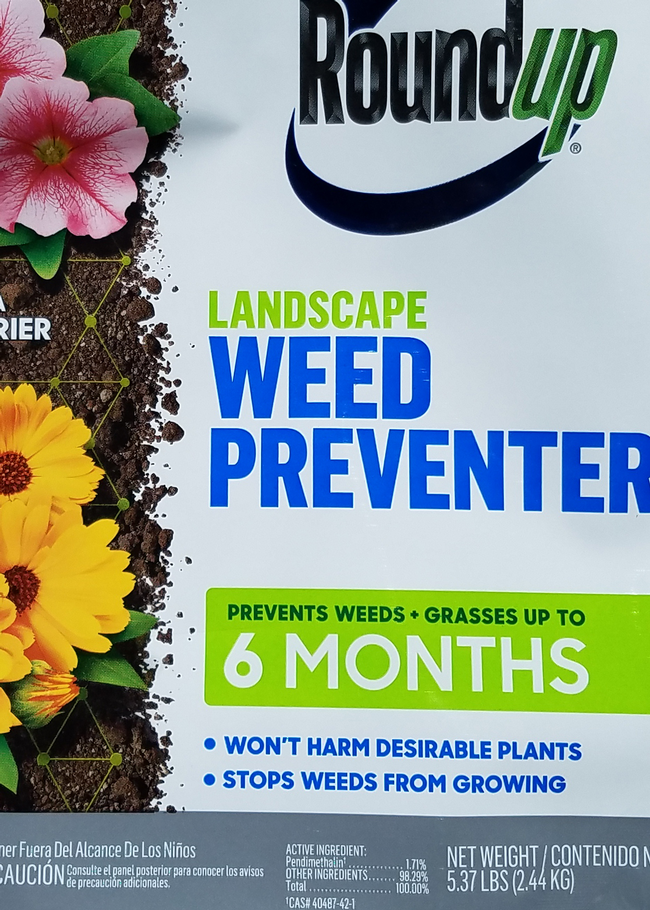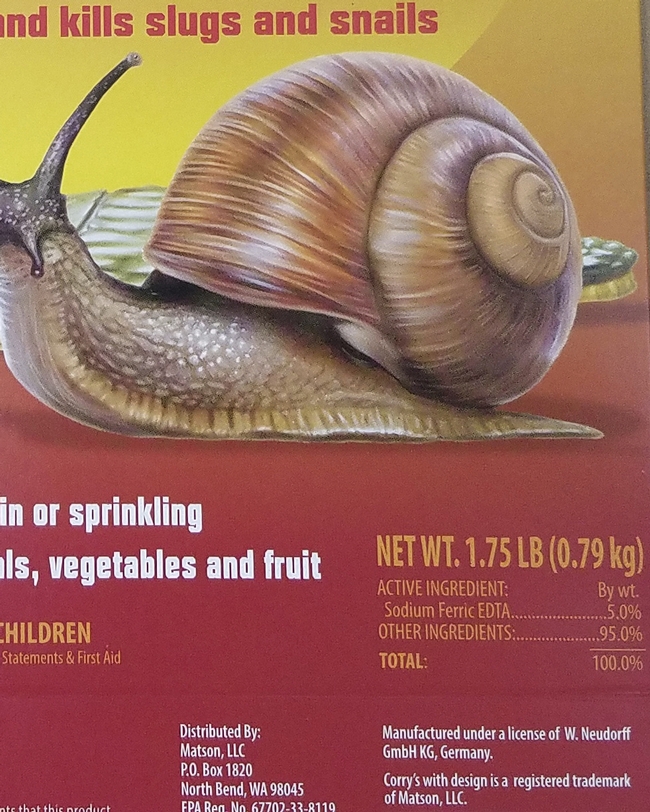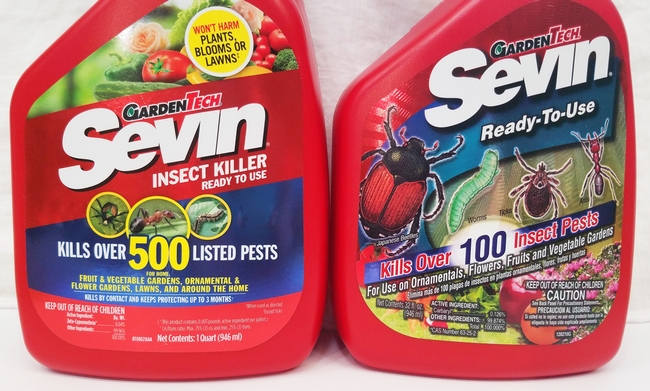We all have our favorite products, whether it's laundry detergent, shampoo, or a pesticide you know works against the pests in your home or garden. But what happens when a company changes the ingredients in a product? Does it work, smell, or lather differently?
You may visit a store looking for a pesticide product by name, not realizing that several popular pesticide brands have recently changed their active ingredients (the materials in pesticide products that actually kill or repel pests). Not knowing the product has changed, it is likely you would not think about reading the new label to see if the directions have also changed. Because of these new active ingredients, you may actually need to use the products differently or take additional precautions. There might also be changes in the way pests are controlled.
Remember to always read and follow the label instructions. This is the best way to ensure you purchase the correct product for your pest problem and use the pesticide safely and effectively in the home, garden, and landscape. Below are three familiar pesticide products that have recently changed.
Sevin
Sevin (Figure 1) is a familiar insecticide brand name for home gardeners used to control insects in lawns, on ornamental plants, and on vegetables. Sevin and the active ingredient carbaryl are practically synonymous. Recently, the active ingredient in some Sevin products was changed from carbaryl (a carbamate) to zeta-cypermethrin (a pyrethroid).
For instance, the products Sevin Insect Killer and Sevin Lawn Granules now contain the active ingredient zeta-cypermethrin. This pyrethroid is less toxic to mammals but both carbaryl and zeta-cypermethrin are highly toxic to bees and aquatic species. The new label on Sevin Insect Killer states that it controls more pests than the old product containing carbaryl, which may seem great, but the product may also kill some of the good bugs like lady beetles (ladybugs).
Another very important difference is the time the products can safely be applied on fruits and vegetables before harvest (called preharvest interval or PHI). Following the PHI reduces your pesticide exposure when you eat the food. For fruits such as apples and peaches, the PHI for the zeta-cypermethrin Sevin is 14 days, but for the Sevin with carbaryl it's 3 days. For other fruits and vegetables, the PHI for the new Sevin label may be shorter than the carbaryl label. Again, check the label.
The Sevin Ready-to-use 5% Dust remains a carbaryl product for now. Some stores may still have containers of Sevin products containing carbaryl but as stock runs out, they are likely to be replaced with the new product.
Roundup
Another familiar pesticide name is Roundup, a product known historically for containing the herbicide active ingredient glyphosate. Monsanto, the manufacturer of Roundup, now produces an extensive line of Roundup products containing multiple active ingredients, rather than just glyphosate alone. Many of these products contain triclopyr or diquat in addition to glyphosate. Some don't contain any glyphosate at all (Figure 2).

Corry's Slug and Snail Killer
In 2012, the active ingredient of the well-known Corry's Slug and Snail Killer (Figure 3) was changed from metaldehyde to sodium ferric EDTA, but the general look of the product box didn't change. This relatively new active ingredient is less toxic and less attractive to dogs and still effective against snails and slugs. However, the amount users apply and how quickly it works both differ from the previous active ingredient. If you are familiar with the old product you may have noticed a change, but unless you read the label, you may not know why.
You can read more about sodium ferric EDTA in the March 2013 issue of the Retail IPM News.

Reading the Label
Since pesticide labels and contents change, remember to read the product label before each purchase and use. A key item to check when shopping for a pesticide is the active ingredient, like carbaryl or glyphosate, which will be found at the bottom of the front label. Directions for use and other precautions are essential label elements to read, especially if measuring equipment or protective gear such as gloves or goggles are needed. Sometimes the the amount needed for a given area or volume of water may have changed, so label rates should be checked before application.
For more information, see the short publication Garden Chemicals: Safe Use and Disposal.
Author - Associate Director for Urban & Community IPM/ Area Urban IPM Advisor
